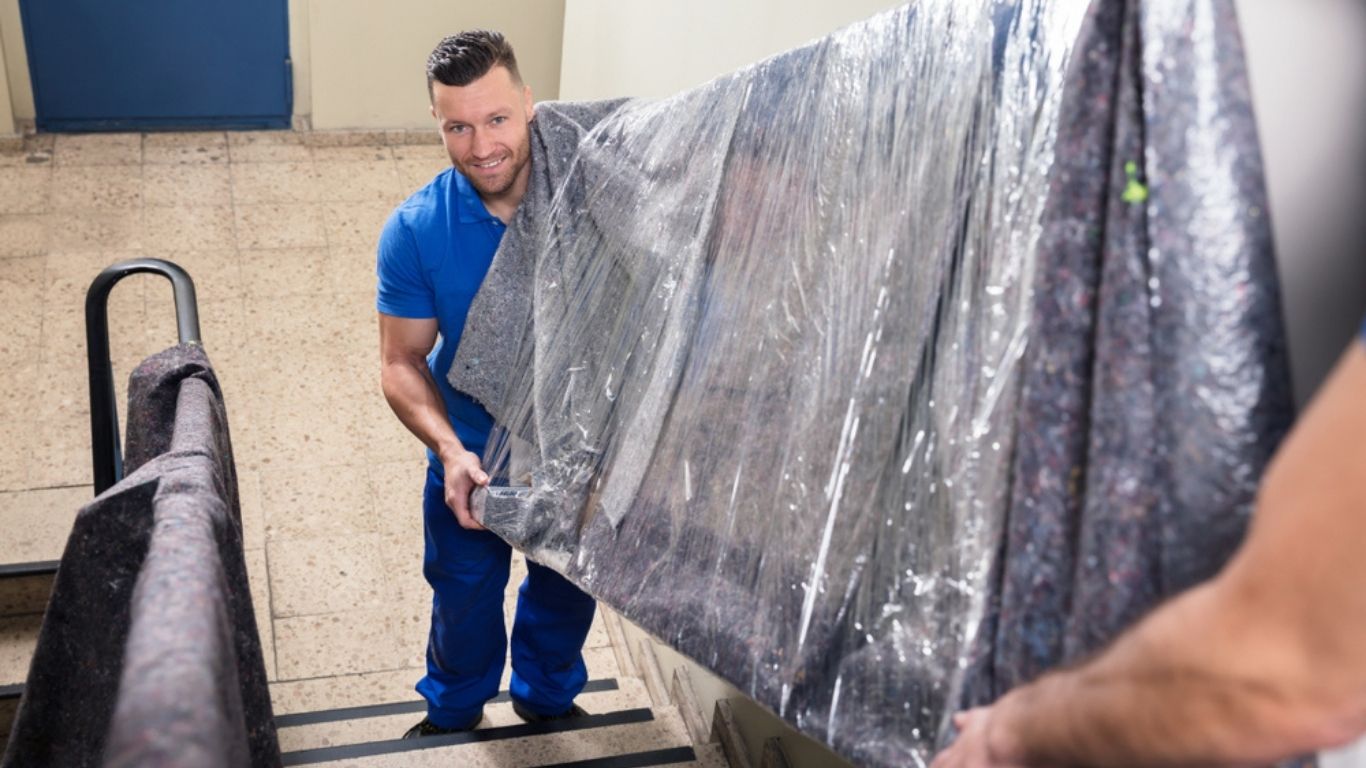Hit enter to search or ESC to close
Efficient Techniques to Safely Lift Furniture to the Second Floor

Efficient Techniques to Safely Lift Furniture to the Second Floor: Moving furniture to the second floor of your home can be a challenging task, especially when dealing with heavy and bulky pieces. Whether you are relocating or rearranging your living space, safely lifting furniture is essential to avoid injuries and damages. In this blog post, we will explore some efficient techniques that do not involve specific brands, to help you lift furniture to the second floor with ease and without strain.
Efficient Techniques to Safely Lift Furniture to the Second Floor
- Measure and Plan: Before attempting to lift furniture to the second floor, carefully measure the dimensions of the furniture and the stairwell or hallway. Ensure that the furniture can fit through the space and plan the best path to navigate around any tight corners or obstacles.
- Empty the Furniture: For smaller items like drawers, shelves, or cabinets, it’s advisable to empty the contents before lifting. This not only reduces the weight but also minimizes the risk of items falling or getting damaged during the process.
- Use Furniture Sliders: Furniture sliders are handy tools that reduce friction and make it easier to slide furniture across the floor. Place sliders underneath the furniture legs to glide the piece smoothly across the floor without lifting.
- Enlist Help: Lifting heavy furniture on your own can lead to injuries. Enlist the help of friends or family members to share the load and make the process safer and more manageable.
- Invest in Moving Straps: Moving straps, also known as lifting straps or furniture straps, are designed to distribute the weight of the furniture evenly and help you lift it with less effort. These straps can significantly reduce the strain on your back and shoulders.
- Bend Your Knees, Not Your Back: When lifting furniture, always bend your knees and keep your back straight. Avoid hunching over or lifting with your back, as this can lead to injury. Use your leg muscles to lift, keeping the furniture close to your body for better control.
- Take Breaks: Moving heavy furniture can be physically demanding. Take regular breaks to rest and avoid overexertion. Hydrate yourself and listen to your body to prevent fatigue and potential injuries.
- Use a Furniture Dolly: For extremely heavy items like sofas or cabinets, using a furniture dolly can be a game-changer. A dolly allows you to roll the furniture rather than carry it, reducing the strain on your body.
- Clear the Path: Before attempting to move furniture upstairs, make sure the pathway is clear of any obstacles or tripping hazards. Clearing the path ensures a smooth and safe movement of the furniture.
- Use a Ramp: If your home allows for it, consider using a ramp to move furniture to the second floor instead of using stairs. Ramps provide a smoother and more gradual incline, making it easier to move heavy items.
- Hire Professional Movers: When dealing with extremely heavy or valuable furniture, it’s best to leave the task to professional movers. They have the experience, tools, and expertise to safely lift and transport furniture to the second floor without causing damage or injury.
- Consider a Furniture Hoist: For exceptionally heavy or bulky furniture, a furniture hoist may be a practical option. Furniture hoists are specialized machines that can lift furniture through a window or balcony to upper floors, bypassing the need for stairs altogether.
Conclusion:
Lifting furniture to the second floor requires careful planning, the right tools, and the help of others. By following these efficient techniques, you can safely transport your furniture without risking injuries or causing damage to your beloved pieces. Remember to prioritize your safety and take your time when handling heavy furniture, ensuring a successful and stress-free furniture relocation.
